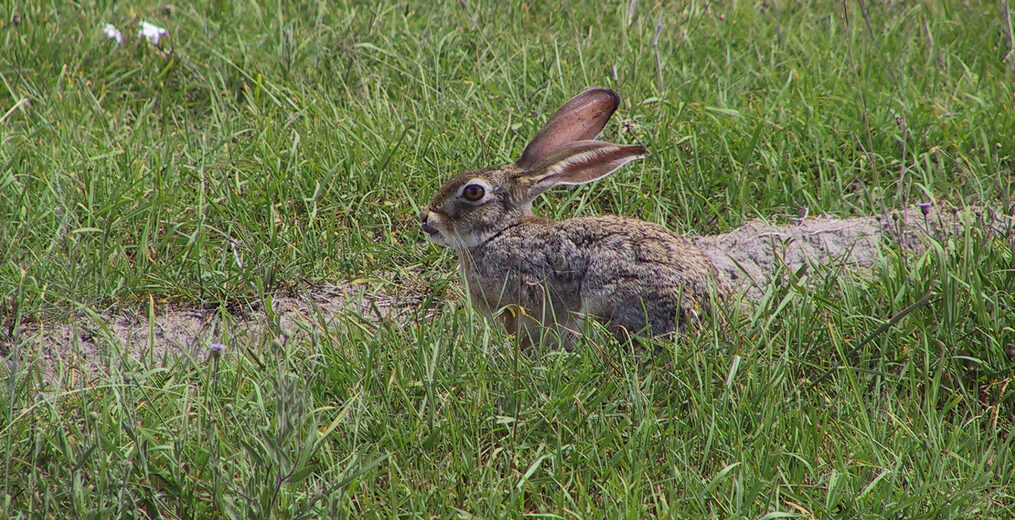
The African hare is a species of mammal native to diverse regions and habitats of Africa, including savannas and the Sahel. They spend their days sleeping in burrows and awake at night to feed and mate. Such is the life of a hare. Even though they are affected by habitat loss and hunting, these hares are listed as Least Concern by the IUCN, due to their stable numbers.
First the Stats…
Scientific name: Lepus victoriae
Weight: Up to 7 lbs.
Length: Up to 24 inches
Lifespan: Up to 12 years
Now on to the Facts!
1.) African hares are solitary, only forming into groups or herds to eat.
2.) They have a special pad under each nostril that increases their sense of smell.
3.) These hares have exceptional hearing with their oversized ears.
4.) Due to their superb hearing, they can make subtle sounds like drumming their feet or grinding their teeth to warn of pending predators.
5.) Being as they can’t see straight in front of them, they will run from predators in a zigzag pattern.
But wait, there’s more on the African hare!
6.) The African hare is a nocturnal (active at night) animal.
7.) To throw off their scent they will hide in aardvark or warthog burrows.
Did you know…?
The African hare can run at speeds of up to 43 mph!
8.) To avoid pursuit, the hares will leap sideways at random intervals to throw off the scent and tracking of a would-be attacker.
9.) Like rabbits, these hares will produce 2 types of poop. During the day, their poop is hard and discarded. During the night, their poop is soft and eaten to regain lost nutrients. Gives new meaning to the term left-overs.
10.) Female African hares can reabsorb an embryo if there is trouble with the pregnancy or if food is hard to come by.
Now a Short African Hare Video!
Also, check out the Critter Science YouTube channel. Videos added frequently!
Want to suggest a critter for me to write about? Let me know here.



